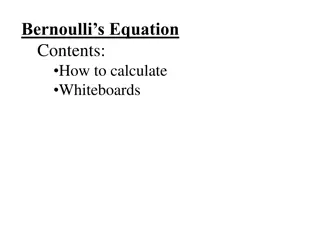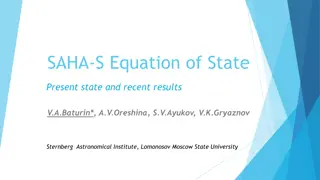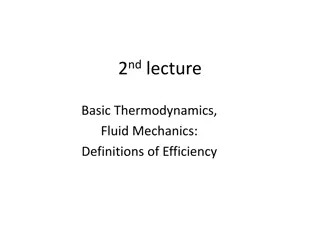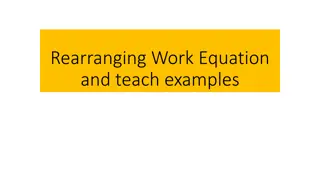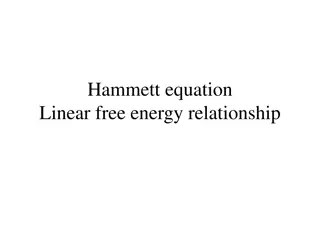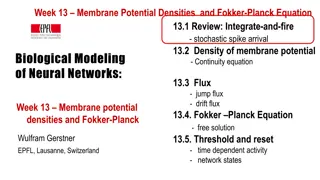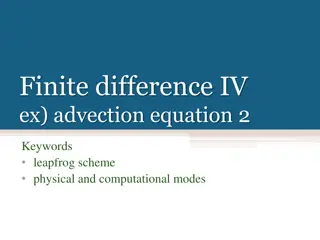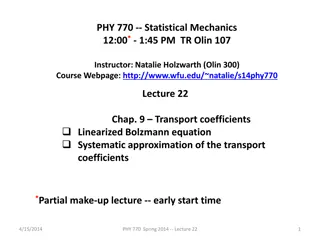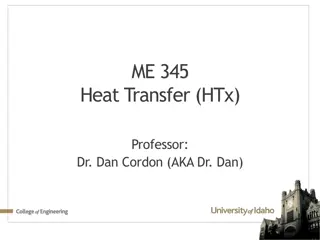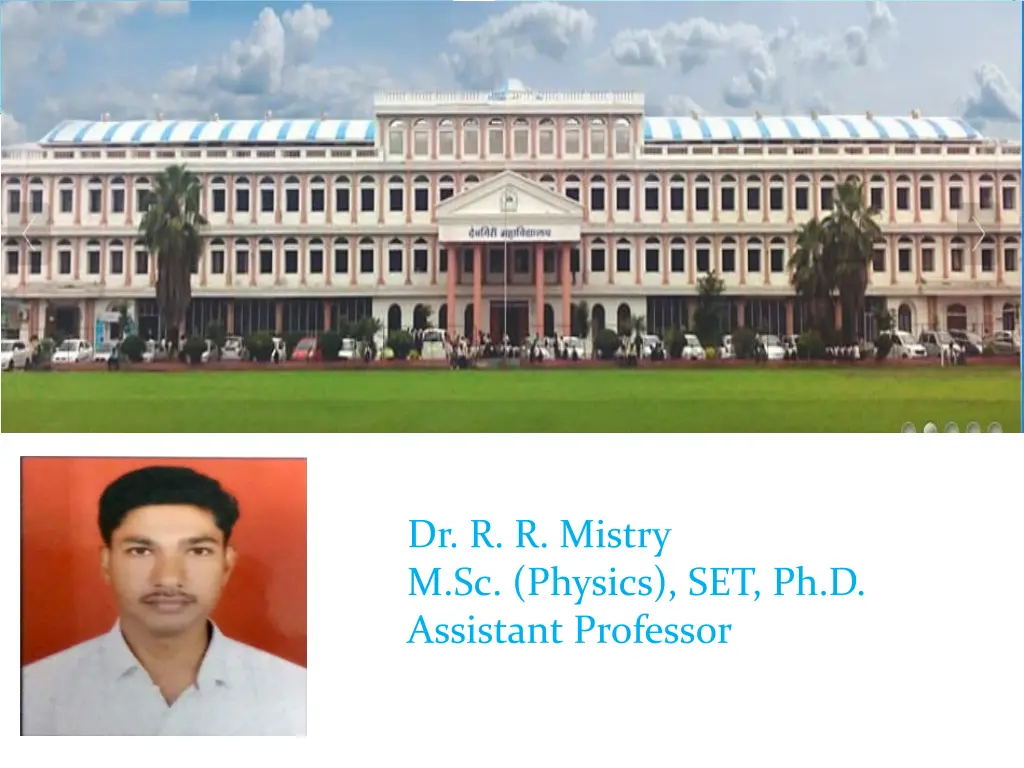
Understanding Maxwell's Equations in Electromagnetism
Explore the derivation and significance of Maxwell's equations in electromagnetism. Dr. R. R. Mistry, an experienced assistant professor, explains the four fundamental equations in differential form as established by Maxwell. Gain insights into Gauss's law, magnetostatics, Faraday's law, and more through a comprehensive analysis of electromagnetic induction. Unravel the empirical basis and modifications in Ampere's law, shedding light on the differential forms and practical applications. Dive into the rigorous derivations of each equation, including Gauss's law for electrostatic fields and the depiction of magnetic lines of force. Utilize Gauss's divergence theorem to delve deeper into the relationship between surface and volume integrals, enhancing your understanding of foundational concepts in electromagnetism.
Download Presentation

Please find below an Image/Link to download the presentation.
The content on the website is provided AS IS for your information and personal use only. It may not be sold, licensed, or shared on other websites without obtaining consent from the author. If you encounter any issues during the download, it is possible that the publisher has removed the file from their server.
You are allowed to download the files provided on this website for personal or commercial use, subject to the condition that they are used lawfully. All files are the property of their respective owners.
The content on the website is provided AS IS for your information and personal use only. It may not be sold, licensed, or shared on other websites without obtaining consent from the author.
E N D

